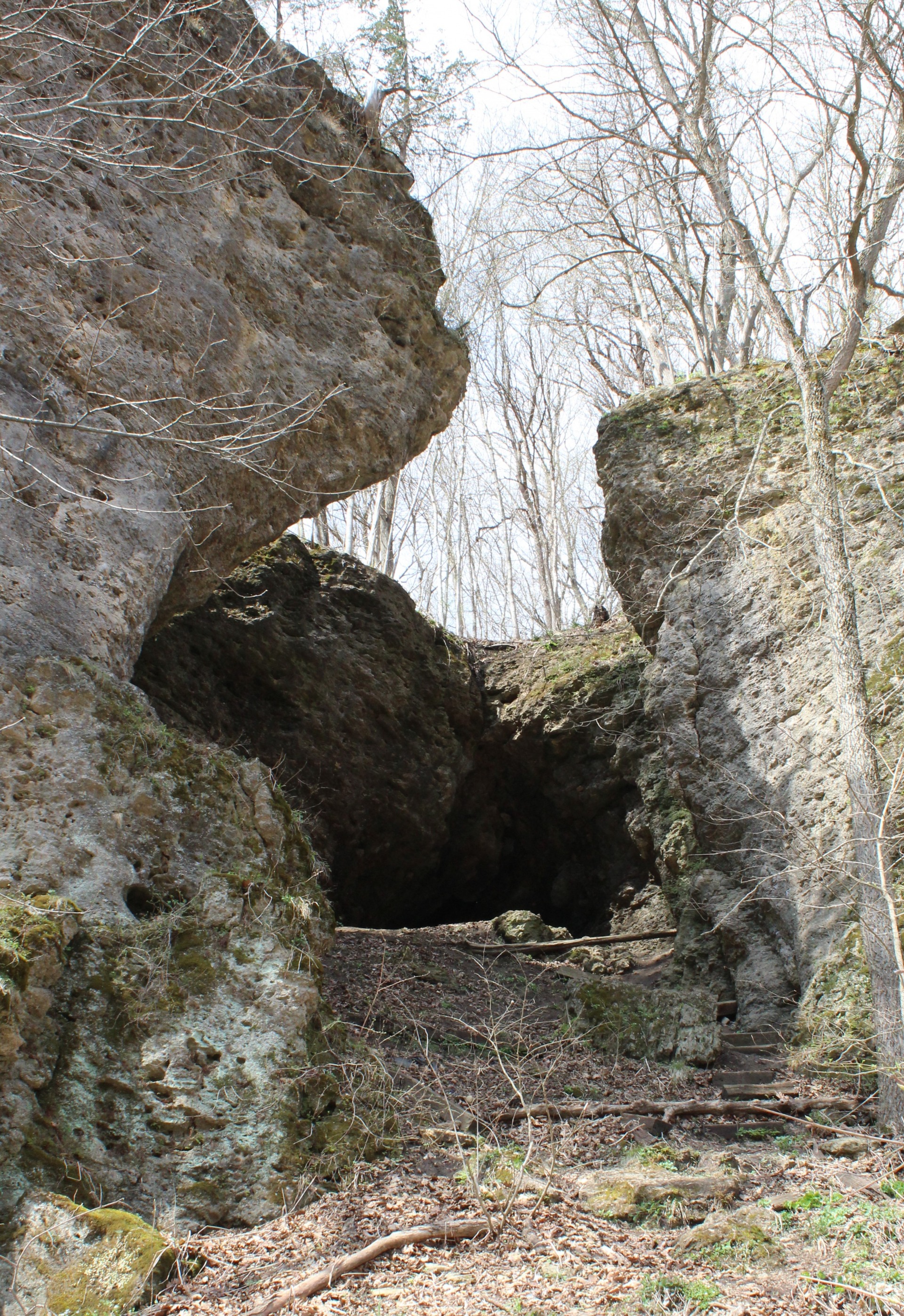Natural and Cultural History

Natural History
The erosive action of the Wapsipinicon and Maquoketa Rivers have exposed massive outcrops of sedimentary rock that form vertical bluffs and scenic vistas along the river valleys. Geologic events that formed the outcrops of limestone and dolomite were active millions of years ago when this part of Iowa was part of a vast and shallow inland sea.
Plant communities of tall grass prairie, eastern deciduous forest, and savanna created the rich and fertile soils that we all depend on today. Remnant stands of white pine, Canada yew, and wild blueberries can be found along some of the more special segments of valley.
Many species of fish and wildlife are found throughout the County. Healthy populations of wild turkey, white-tailed deer, raccoon, and beaver are common in all of the river valleys. Catfish, walleye, smallmouth bass, and bluegill are the primary game fish sought by anglers.
Natural History Maps
- Bedrock Age
- Landform Regions
- Shaded Relief
- Groundwater Vulnerability
- Current Vegetation
- Native Vegetation
- Soil Parent Material
Cultural History
Humans have occupied the landscape of Jones County for thousands of years. Indigenous tribes such as the Ioway, Sauk, Fox, Sioux, and Winnebago lived in the area for centuries. The first settler of European descent moved into the northeast corner of Jones County in 1836.
The Conservation Board supports projects and provides interpretive programs that promote the preservation of historic sites and cultural heritage.
Map · Jones County Conservation
12515 Central Park Rd. · Center Junction, IA 52212


